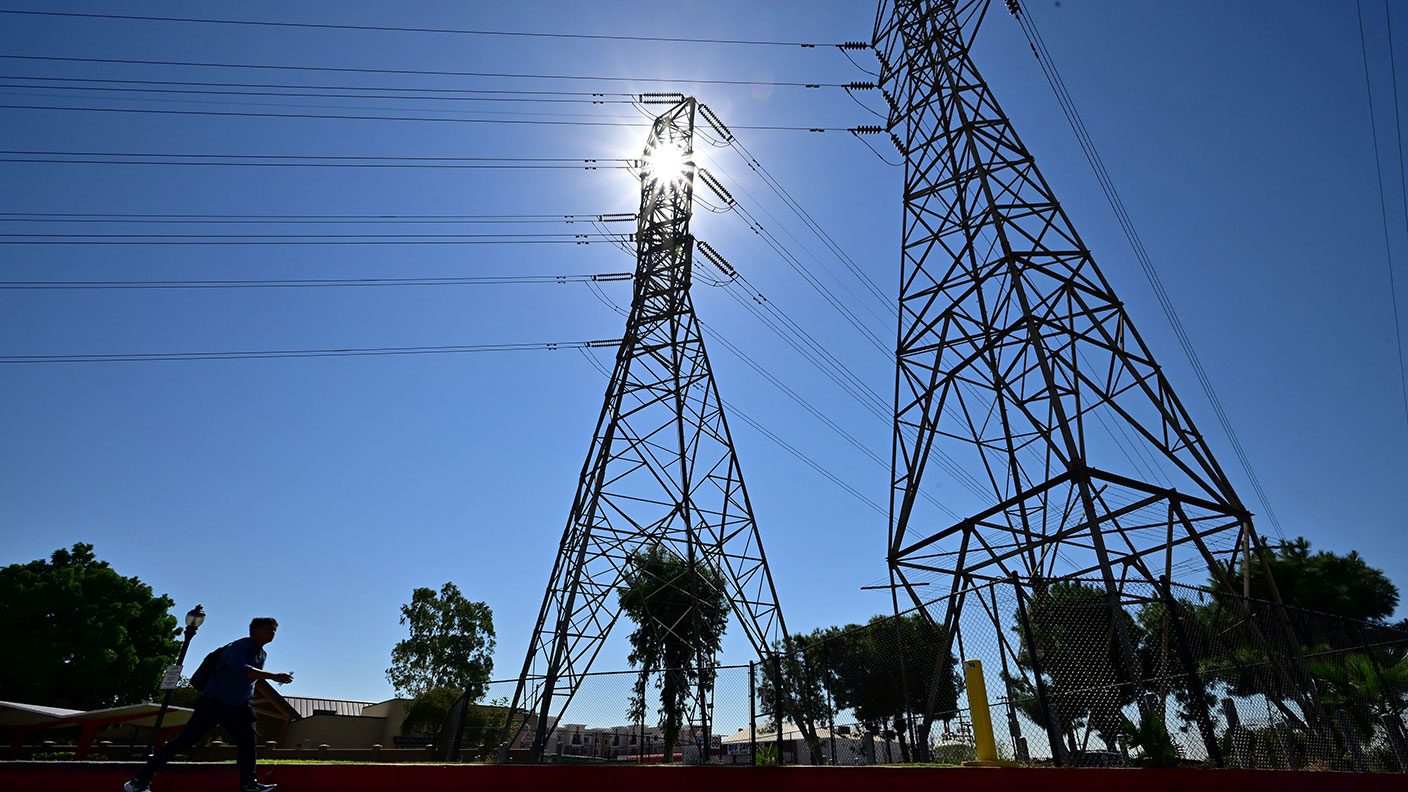Can energy futures tell us where our fuel bills are going next?
It’s tempting to think that energy futures tell us where our energy bill might be heading next. But in reality, markets are just too complex. Cris Sholto Heaton explains why.


Commodities markets have been going wild this year, especially in energy. Supply shortages and huge swings in prices have been wrong-footing even traders who should know exactly what to expect. Take European power (electricity) markets. On Monday, German futures for power delivery in 2023 – the European benchmark contract – hit a record €1,050 per MWh. As prices soared, Austria’s Wien Energie – the power utility for Vienna – was in trouble: it was said to be seeking a €6bn bail-out to meet margin requirements on its trading positions. By Wednesday, power futures had collapsed to €635, and Wien Energie’s crisis had passed.
It no longer need any funding, it said – although it admitted that situation could change within days or weeks. If you’re confused about how a firm whose business should be generating or buying power and distributing to users could end up in such a financially unstable position, you’re not alone: the Austrian authorities are also probing exactly what trades the firm was making. Some Austrian media outlets have reported that it was long natural gas futures and short power futures, effectively betting that the gap between the cost of generating and the price received for selling power – known as the “spark spread” – would narrow. But this has not been confirmed and the firm has denied that it was engaged in speculative trades.
Unpredictable markets
Volatility like this means investors are paying more attention to commodity markets than they have for at least a decade. However, the question most want to answer is pretty simple: what the shape of futures curves – ie, the chart of prices for delivery in successive months – tells us about how traders expect prices to change. If a curve is in backwardation, does that tell us that oil or gas prices are likely to be lower next year?
MoneyWeek
Subscribe to MoneyWeek today and get your first six magazine issues absolutely FREE

Sign up to Money Morning
Don't miss the latest investment and personal finances news, market analysis, plus money-saving tips with our free twice-daily newsletter
Don't miss the latest investment and personal finances news, market analysis, plus money-saving tips with our free twice-daily newsletter
Unfortunately, probably not. Certainly, a situation in which prices for spot (immediate) delivery are much higher tells you that the market is tight. In some commodities, almost all supply is on long-term contracts, or has been committed ahead and only a very small percentage trades on the spot market. Spot prices can be pushed up a long way if there’s even a modest amount of extra demand by buyers who really need it.
However, this kind of analysis doesn’t seem to work further down the curve. In theory, futures prices are a prediction of what spot prices will be at a certain date, but in practice, research suggests this doesn’t hold true (other than at extreme highs and lows). Even in the short term, commodity markets are hugely complex and volatile, as Wien Energie’s roller-coaster ride shows. And in the medium term, producers may ramp up and down output in response to high or low prices, affecting future supply. There are too many moving parts for today’s prices to predict the future.
Get the latest financial news, insights and expert analysis from our award-winning MoneyWeek team, to help you understand what really matters when it comes to your finances.
Cris Sholto Heaton is an investment analyst and writer who has been contributing to MoneyWeek since 2006 and was managing editor of the magazine between 2016 and 2018. He is especially interested in international investing, believing many investors still focus too much on their home markets and that it pays to take advantage of all the opportunities the world offers. He often writes about Asian equities, international income and global asset allocation.
Cris began his career in financial services consultancy at PwC and Lane Clark & Peacock, before an abrupt change of direction into oil, gas and energy at Petroleum Economist and Platts and subsequently into investment research and writing. In addition to his articles for MoneyWeek, he also works with a number of asset managers, consultancies and financial information providers.
He holds the Chartered Financial Analyst designation and the Investment Management Certificate, as well as degrees in finance and mathematics. He has also studied acting, film-making and photography, and strongly suspects that an awareness of what makes a compelling story is just as important for understanding markets as any amount of qualifications.
-
 RICS: Seller confidence hits new high but buyers are yet to return to the property market
RICS: Seller confidence hits new high but buyers are yet to return to the property marketThe latest Residential Market Survey from the Royal Institution of Chartered Surveyors (RICS) shows there are signs that confidence is slowly returning to the housing market
-
 'Lockdown wills’ at increased risk of legal challenge
'Lockdown wills’ at increased risk of legal challengePressures caused by the pandemic led some people to rush their wills. Now, lawyers are saying problems are surfacing that could make them invalid
-
 The rise and fall of Nicolás Maduro, Venezuela's ruthless dictator
The rise and fall of Nicolás Maduro, Venezuela's ruthless dictatorNicolás Maduro is known for getting what he wants out of any situation. That might be a challenge now
-
 Polar Capital: a cheap, leveraged play on technology
Polar Capital: a cheap, leveraged play on technologyPolar Capital has carved out a niche in fund management and is reaping the benefits
-
 Vaccines inject billions into Big Pharma – how to profit from the sector
Vaccines inject billions into Big Pharma – how to profit from the sectorThe vaccines subsector received a big fillip from Covid, but its potential extends far beyond combating pandemics. Here's what it means for investors
-
 'Investors should keep putting their trust in investment trusts'
'Investors should keep putting their trust in investment trusts'Interview Peter Walls, manager of the Unicorn Mastertrust fund, analyses investment trusts in a conversation with Andrew Van Sickle
-
 Monks Investment Trust is worthy of the spotlight
Monks Investment Trust is worthy of the spotlightMonks Investment Trust, a global growth trust, sits in the shadow of its stablemate, Scottish Mortgage. But its record warrants attention, says Max King
-
 New year, same market forecasts
New year, same market forecastsForecasts from banks and brokers are as bullish as ever this year, but there is less conviction about the US, says Cris Sholto Heaton
-
 'Expect more policy U-turns from Keir Starmer'
'Expect more policy U-turns from Keir Starmer'Opinion Keir Starmer’s government quickly changes its mind as soon as it runs into any opposition. It isn't hard to work out where the next U-turns will come from
-
 Why does Donald Trump want Venezuela's oil?
Why does Donald Trump want Venezuela's oil?The US has seized control of Venezuelan oil. Why and to what end?
